So another year came and went, and all the while I just kept waiting and waiting for everyone to suddenly wake up and acknowledge the awesome that is middle grade – but once again, the clock turned over with middle grade still left out in the cold dark. So, there was only one thing for it – for who better than Anne Ursu (Breadcrumbs, The Real Boy) to shine a light on the scene? So take it away, Anne!
Overlooked and Underappreciated: The Middle Grade Reader
Recently, Minnesota Public Radio featured a “young adult” week on one of its shows. Minneapolis author Carrie Mesrobian, author of a much-lauded first novel called Sex & Violence, was one of the guests. She gracefully and intelligently fielded loaded questions about “Content” in YA novels from the hosts and callers, like from the parent who couldn’t find any books appropriate for her fourth grade daughter who reads at an eighth grade level, prompting one area writer to suggest we make bumper stickers that say START SEEING MIDDLE GRADE.
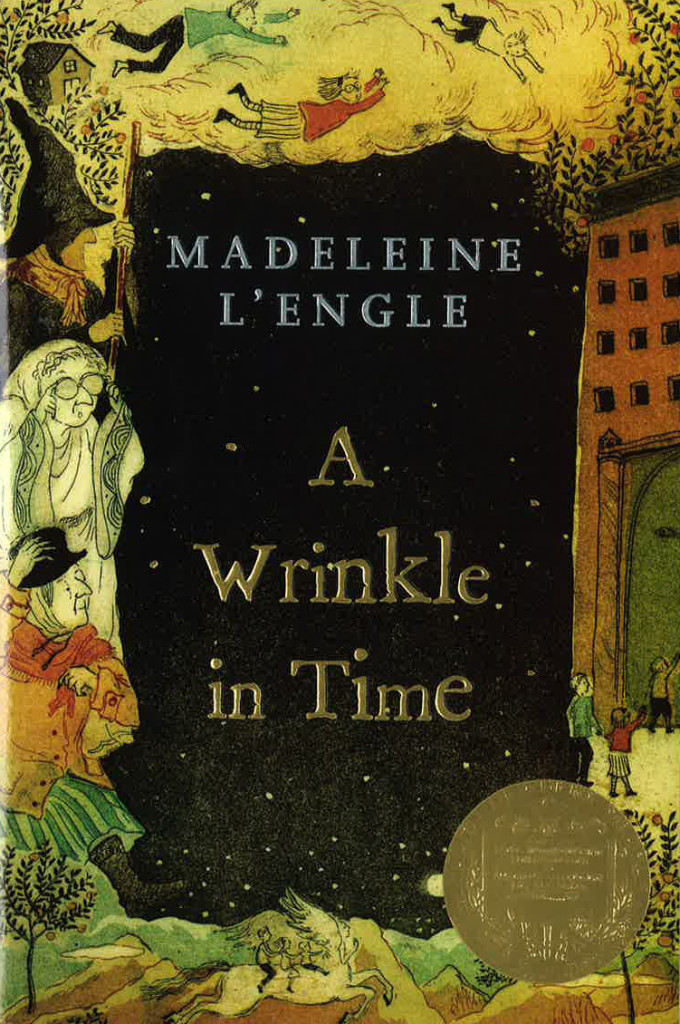 The show’s blog also featured a poll on “What’s the Best YA of All Time” but did not define their terms – so naturally the top ten finalists featured at least half middle grade books such as Hatchet and A Wrinkle in Time. We’re used to this – Entertainment Weekly’s website had a similar poll and its readers declared a Harry Potter book the best YA of all time. At the same time, when you’re talking specifically about teen literature and bringing up the specter of Content and Appropriateness in books for teens, it’s important to ensure the audience knows you’re talking about something written for a different audience than, say, Anne of Green Gables is. So National Book Award winner Pete Hautman called in and tried to explain why this difference matters. He suggested “young people’s” literature is a more all-encompassing term than “young adult” – and the hosts laughed at him. Then they declared that “young adult” and “middle grade” were just marketing terms, like companies insisting you use “Puffs” or “Kleenex” when really they are all tissue.
The show’s blog also featured a poll on “What’s the Best YA of All Time” but did not define their terms – so naturally the top ten finalists featured at least half middle grade books such as Hatchet and A Wrinkle in Time. We’re used to this – Entertainment Weekly’s website had a similar poll and its readers declared a Harry Potter book the best YA of all time. At the same time, when you’re talking specifically about teen literature and bringing up the specter of Content and Appropriateness in books for teens, it’s important to ensure the audience knows you’re talking about something written for a different audience than, say, Anne of Green Gables is. So National Book Award winner Pete Hautman called in and tried to explain why this difference matters. He suggested “young people’s” literature is a more all-encompassing term than “young adult” – and the hosts laughed at him. Then they declared that “young adult” and “middle grade” were just marketing terms, like companies insisting you use “Puffs” or “Kleenex” when really they are all tissue.
Gesundheit.
When middle grade readers aren’t getting ignored entirely, they’re often getting patronized. I wrote earlier this year about how our critical discourse in MG often becomes more about what the reviewer thinks kids can handle rather than about the books as works of literature. And when this happens, we MG writers tend to get huffy; it’s difficult when you spend your life trying desperately to make your writing worthy of these open-minded, open-hearted, story-craving readers who are living unfathomably complicated lives to watch them get belittled.
I’ve been able to read a few fabulous MG books that will be coming out in 2014, and found them all to be noteworthy in how much respect and love they show for the overlooked and under-appreciated middle grade reader. So I asked the authors to talk a little about their view of the middle grade reader and how they react when they hear their books are “too” anything for kids. Here’s a few books to look forward to.
Five Six Seven Nate by Tim Federle (Jan. 21)
I loved Federle’s debut, Better Nate Than Ever, and I think the sequel is even better. Federle honors kids’ great capacity for complexity – the books are wickedly funny, but at the same time are unflinchingly honest about the everyday cruelty a kid can face. I’ve seen Nate dinged for containing too many “issues” – as if the real world only hands kids one problem at a time. Federle gets that for kids complicated emotions exist side-by-side and life is no issue book – and delicately and skillfully assures them that no matter what they face they are going to be okay.
Says Tim:
I came to write Better Nate Than Ever after spending countless hours in various New York City rehearsal rooms, helping to teach replacement Billy Elliot cast members their dance steps. Those cast members just happened to be between 9 and 14 years old. They surprised me by getting every joke, never missing a beat, and not blinking when a brand-new concept was thrown at them – whether it was a tap dance step or a new critical thinking skill. Those little actors were much like I’ve learned my readers are: full of opinions but not yet jaded, and able to handle far “scarier” and “overwhelming” topics than many of their adult monitors think – or perhaps fear – they are. Kids are, ultimately, deeply honest. In return, I try to write honestly about the real world they will inevitably someday help change.
Seven Stories Up by Laurel Snyder (Jan. 28)
Adults often think back on the books they loved as kids and nostalgically remember them as simple, comfortable, and safe. They forget that the safety they felt was earned through hardship and complexity – The Secret Garden wouldn’t be what it was without cholera killing everyone in Mary Lennox’s house, the tragic death of Colin’s mother, and how staggeringly unpleasant Mary and Colin both are.
These books that earn their beautiful endings are the ones that end up feeling like one of your best friends. Snyder’s latest is one of these – a lovely, magical story where we see the right friend at the right time change someone’s life. A trade review already criticized this book for being sad, but the sadness in there allows such beauty and joy, the sort you remember decades later. This book gave me goosebumps.
Says Laurel:
I’m not interested right now in books where the world saves the kid. Where the bully changes heart, or the mom wins the lottery, or the hero storms the gates. I’m interested in how kids save themselves. But they can only do that if they actually GET SAD, or angry or scared. They have to experience this stuff to grow and toughen and learn to think creatively.
Nightingale’s Nest by Nikki Loftin (Feb. 20)
This is a contemporary retelling of Hans Christian Andersen’s “The Nightingale,” and it’s one of the most beautifully-written books I’ve ever read. The contemporary world is harsh – there’s grief and selfishness and cruelty – but Loftin’s lovely language lends a promise of magic to the telling. And magic does come, in the form of a foster girl with a singing voice like that of a nightingale. As much as the music shows the protagonist light and hope, the prose tells the young readers that they are worth beautiful words. And, like Snyder’s book, Nest honors kids’ capacity for mystery and wonder; some things are better left unexplained. Storytelling is full of magic, after all.
Says Nikki:
I have been accused of writing books too dark for young readers. The young readers themselves, of course, are never the ones to make this accusation. They love dark books, deep books, books with child protagonists in all sorts of danger, books that acknowledge the simple fact that children inhabit a strange, often terrifyingly inexplicable world. I hope my story will reach the readers who need it. I needed it when I was a child, close to powerless, living in a world I did not understand, full of too-sharp edges and too-soft answers.
The Actual & Truthful Adventures of Becky Thatcher by Jessica Lawson(July 22)
Yes, that Becky Thatcher – the girl from Tom Sawyer. Only in Lawson’s buoyant reimagining, it’s Thatcher who’s the star. Lawson’s Thatcher is clever, mischievous, brave, unruly, and completely delightful. Here’s a bold retelling of a particularly American myth – not just of Twain’s stories, but the boys-will-be-boys nature of the adventure story itself. Thatcher does all kinds of things middle grade heroines aren’t really supposed to do -sneaks out! Breaks laws! Chases criminals! Hides in graveyards at midnight! Uses poor grammar! And surely some will fret that the book will cause America’s youth to turn into vigilante scofflaws with no respect for authority – or for Mark Twain. Too bad for them, because while they’re fretting, their kids will be busy adoring the story.
Says Jessica:
I love writing for this audience. Instead of being quick to judge, they have a tendency to be open-hearted readers who will turn the page as long as you give them a reason to. Children are well aware of morality and its intricacies, and are fully capable of coming to their own conclusions as to the ‘rights’ and ‘wrongs’ within external and internal plot arcs.
My Becky Thatcher is not meant to be a representation of a ‘tomboy’ or a ‘spunky girl’ or ‘historical anomaly.’ She is a person. She is a liar with a big heart, a daring and loyal friend, a grieving sibling, and a person who struggles daily with the moral ambiguity of the world. Because that’s who I’m writing for – readers who might find a piece of themselves somewhere within a book’s pages and take comfort in knowing that many different types of people exist in our world.
Happy New Year, everyone, and happy reading.
And thank you again, Anne!
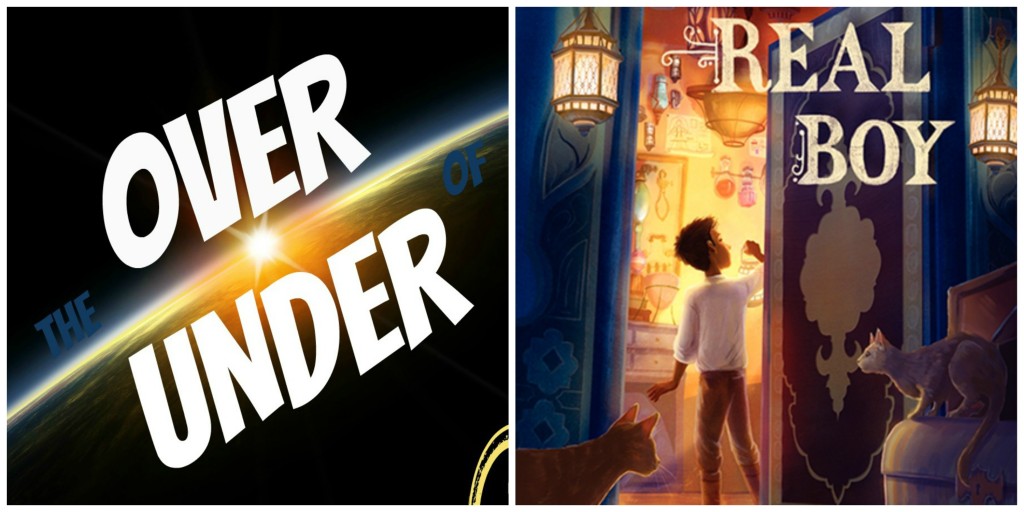
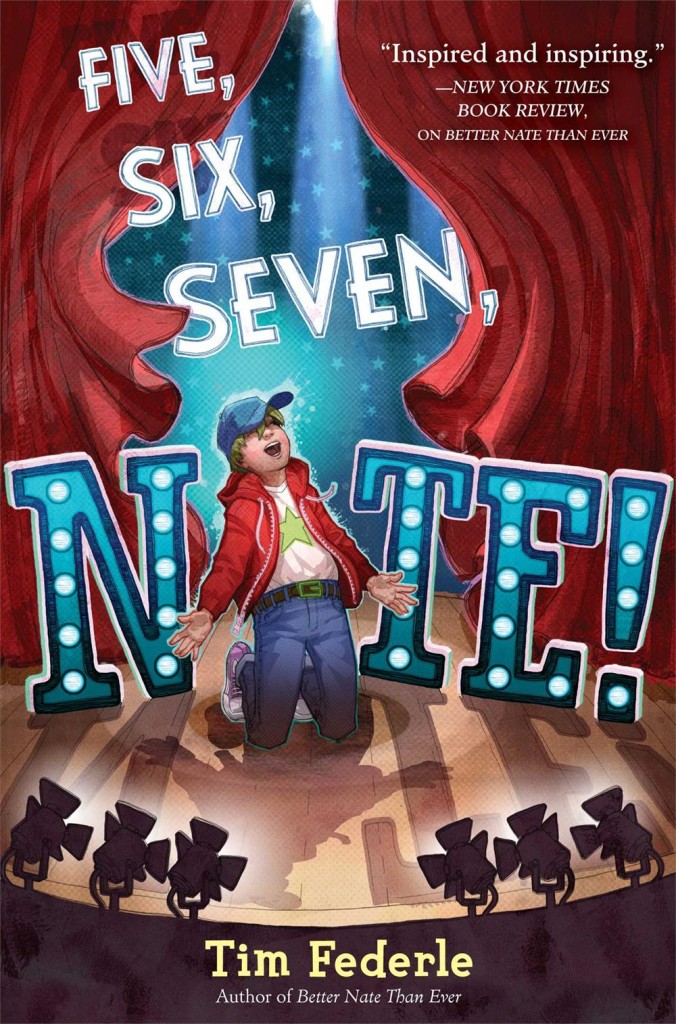
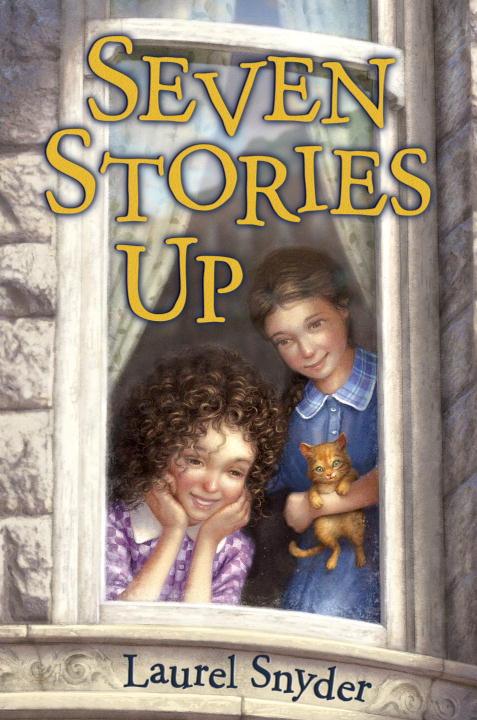
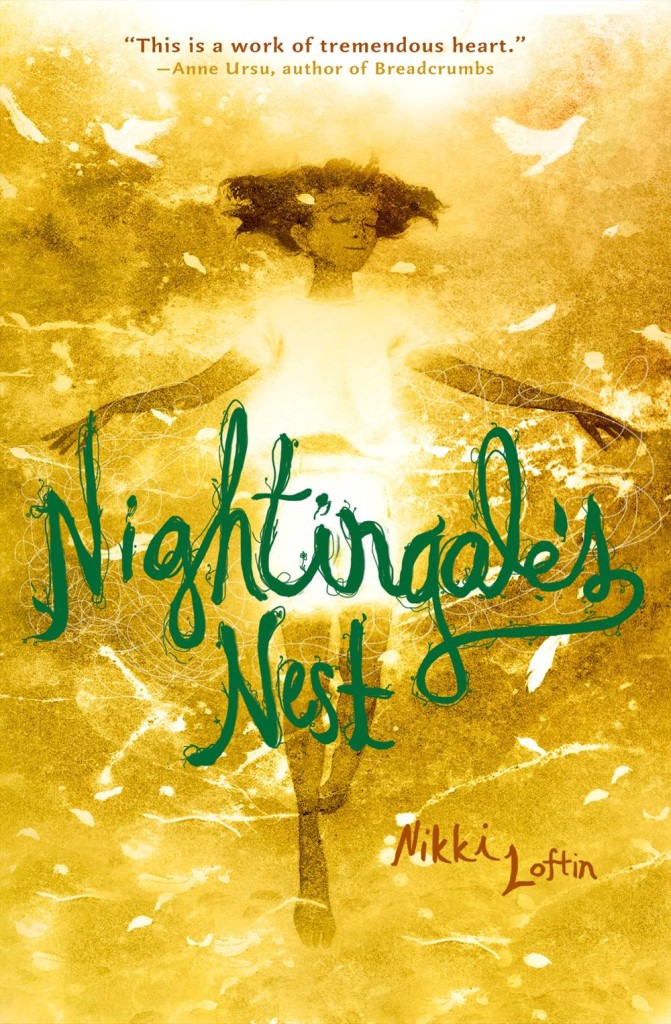
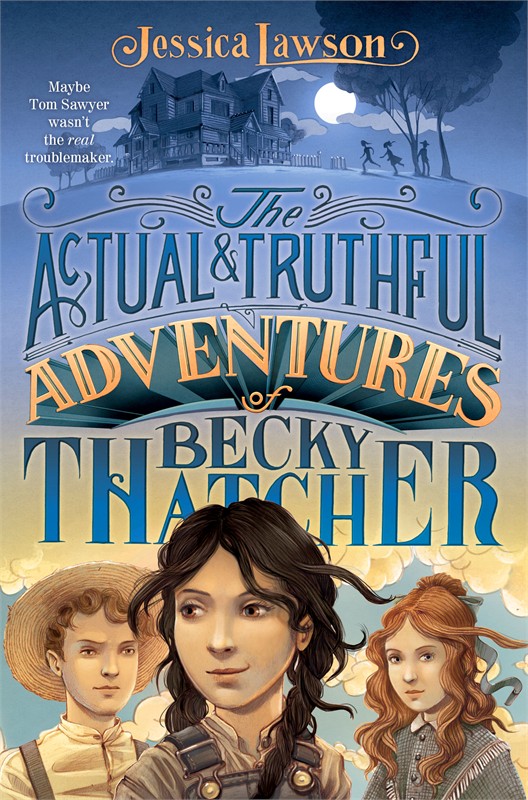






I’m so glad this was tweeted! As expected, Anne Ursu voices her unwavering opinion on what kids REALLY CAN handle :D I couldn’t agree more! Thanks for the post, ladies :D
What a wonderful article – reminds me of Donalyn Miller and Colby Sharp’s #titletalk on resiliency literature. Looking forward to reading all these books in 2014! A lot of students (5th grade) come to me without ever having read books with complicated issues – I don’t know if they’ve been sheltered by adults or just haven’t had adults to recommend those complex novels. Once they read some, they are so grateful. It’s like they’ve been starving for those kinds of books.
Well, that just added to my “purchase in 2014” list. Thanks! :)
Anne, thank you for exploring this topic. In general, I think the lack of understanding by the mainstream media about the differences between middle grade and young adult literature communicates a dismissal of “young people’s literature,” and children’s reading experiences. Childhood is not an onramp to adulthood. Childhood is life stage that should be valued. Children matter and their books matter, too!
Thank you for bring to light these awesome books! I loooove me some Laurel Snyder! Bigger Than a Breadbox was a huuuuge hit in our house! Also, Tim Federle! How can you top him! I look forward to reading the rest of these books! But thank you for highlighting middle grade books!!!
Thanks, Anne. I find it interesting how as writers have children and revisit the literature, they realize that children’s lit is actually good lit. Again, it goes toward disrepecting children rather than understand that, as editor Nancy Siscoe says, we give our children the best of everything, including literature. Middle grade is, as you’ve pointed out, a crucial time of life, not one that should be filled with patronizing, but with respect.
Thank you for sharing these titles. As a fourth grade teacher, I am always looking for good books to share with my students. I’ve added them to my Goodreads “want to read” list and will be looking for them as they are published.
As a fifth grade teacher, I totally agree with you! Kids like fun and adventure, but they also like books with substance. Middle grade books that tell the truth about life are so important! I have yet had a kid say “That book made me cry” and mean it as a bad thing. Thank you, also, for some books to add to my TBR list. I will look for these.
Thanks for this great post. I want that bumper sticker! I can’t tell you how many times I’ve explained the important difference between YA and MG. Writing for Middle Grade is wonderful; your audience has one foot in childhood and one stepping into the big wide world. Its a moment that requires great care and as you say, respect for both the reader and the genre.
Great post. I always enjoy hearing from the author’s themselves. You all are so talented. It sometimes makes me stop reading and just listen to the words as they echo in my heart. Adding to my
I write for mid-grade kids, but I call them “young teen” books. 11 to 14 is my group (YT). 15 and UP is quite another-more mature, and able to cope better with the often adult-like themes.
Here are three that will intrigue and HOOK adults and 11 to 14 year olds:
**Down Under Calling – how letters and stories across an ocean bring a family together.
** The Revenge of Thelma Hill – a ghost mystery that includes sibling rivalry and a giant arachnid familiar.
**Taconi and Claude – Double Trouble – a coming of age aboriginal adventure in the Aussie outback of circa 1945.
All three books above offer tension, humor, adventure, and huge WOW factors. I also do FREE Skype Author Visits to schools anywhere in the US. Classes and teachers are so enthusiastic. They are eager to learn how books are written and published, and what it takes to write a book that HOOKS readers. The kids also love to chat about their favorite books and why they like them. I often read to them from one of my current books.
Books for Kids – Skype Author Visits
http://www.matgotfinke.com
Well said, Anne. And I agree totally with Swat. Anyone who chooses do anything focused on kids in this culture knows that that work will be unappreciated and disrespected by adults on a regular basis. it comes with the territory and is a reflection of how many people feel about their own childhoods.
Thanks so much for your insights–and for wonderful books to look forward to soon. I would love to share this post with students so they can see how valued they are by the people who write for them.
Finding a wonderful book for a student is ever a challenge, and the recent craze of YA popular books has not made it any easier. Every avid young reader wants to read what others are talking about, and some of the YA books have been very “publicized” in the past few years. Another challenge is that sometimes parents think that their children reading more mature books is good. Middle grade books that are complex and tackle serious topics are books I do get younger students to read, to discuss. Thank you for all of the opinions here, great to read them. Perhaps publishers can realize they’re missing an important part of their public!
Anne Ursu= Awesome
It’s unfortunate that the folks at NPR didn’t take Hautman’s suggestion seriously, but I have never found anyone outside of publishing or book blogging that I didn’t have to explain the Middle Grade designation to. It makes perfect sense to me, but I don’t think the difference between YA & MG is ‘known’ in any wider sense (and when you have it all down as literature for young people, we could be talking picture books!).
That said, I’m very much looking forward to some great MG fiction in 2014! Especially Loftin’s NIGHTINGALE’S NEST. That looks amazing.
Thank you for sharing these titles. However, what suggestions do you have until these are available? (We loved Wonder in our fifth grade classroom!)
The interesting thing about middle grade literature, to me, is that adults who adore middle grade literature frequently like completely different books than members of the target demographic. Styles have changed a lot over the last 30 years, and some of the titles that I loved as a 12 year old are a very hard sell now.
Dear Maureen,
Others can chime in, but some of my favorite recent MG titles are THE CENTER OF EVERYTHING by Linda Urban, THE YEAR OF SHADOWS by Claire LeGrand, FLORA AND ULYSSES by Kate DiCamillo, and THE HUMMING ROOM by Ellen Potter.
Karen Yingling makes a good point. But there are also some MG books that both adults and kids adore. Just this afternoon, my 10-year-old son came home from school, clutching a copy of HOLES. “Great book,” he told me. “Way better than the movie.”
I’m just glad he’s reading!
Wonderful post, Anne! You, and the authors you interviewed, have perfectly captured why I feel so privileged to write middle grade.
I write and read middle grade and YA. I’m often frustrated by people’s insensitive remarks about the middle grade writers. But I’m even more frustrated by how little credit people give middle grade readers. When Breadcrumbs came out, my daughter and I both loved it. I shared some of the reviews on Goodreads with her. My then ten-year-old was outraged!